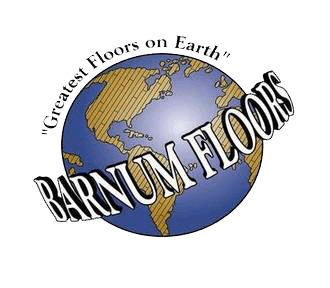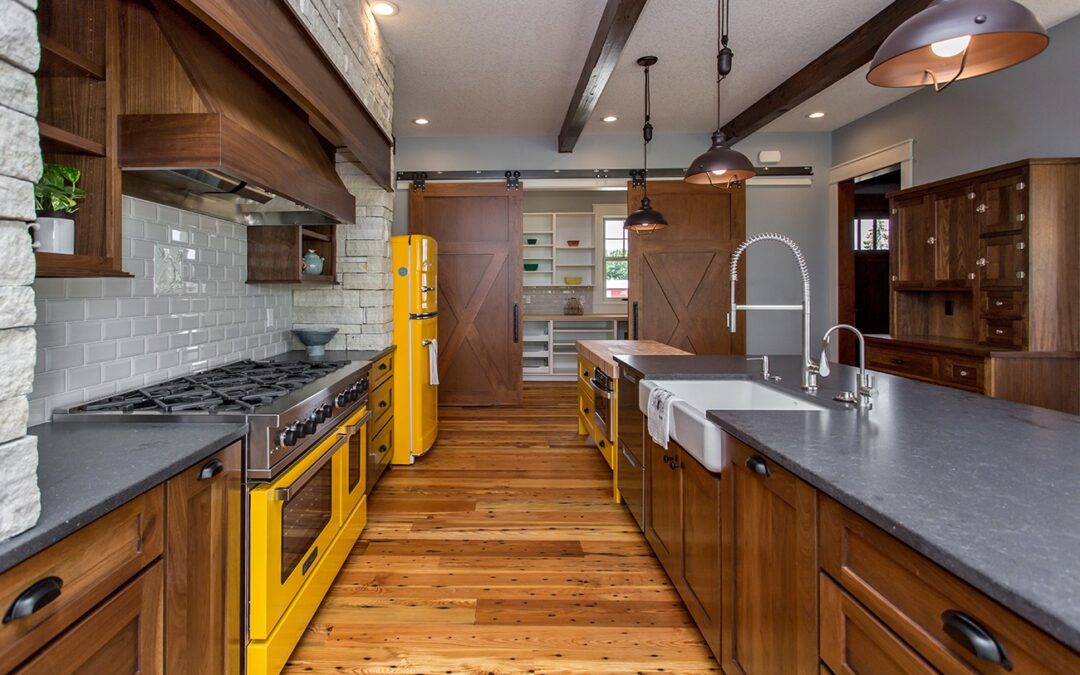Hardwood flooring stands the test of time—with the proper care. Regular upkeep can extend the life of your flooring and maintain its allure. In addition to regular cleaning, refinishing your floors is another way to keep them in tip-top shape. Refinishing is only necessary about every 15 to 20 years, but it increases your home’s value, saves you money by preventing the need to replace your floors, and can give your space a whole new look without the added cost of tearing out and replacing.
How to Know It’s Time to Refinish Your Floors
Since most hardwood floors only need to be refinished about every 15 to 20 years, (some floors can even last much longer with the proper care and protection) the true indicator of needing floor refinishing will be the physical and visual wear on them. Dents and scratches on hardwood floors are common, especially if you have kids or pets. Refinishing your floors can help remove surface scratches or put finish back in places that it has rubbed off.
If you notice your hardwood floors are faded or discolored from a lot of sunlight exposure, a refinish can help revive the color. Over time, your protective hardwood finish wears off, making your floors more susceptible to water damage, so if you notice water from a spill soaking into the wood, that’s a good sign it’s time for a refinish.
Another reason to refinish is if you decide you would like a new color palette in your home. This is one of the best advantages of hardwood—the ability to refinish the wood and change it to any color you desire.
The Optimal Environment for Refinishing
There isn’t a bad time of year to refinish your floors because the hardwood in your home is in a controlled environment. But, your home may need to be regulated differently depending on the season.
It’s best if the temperature remains between 65 to 75 degrees in your home during the refinishing process and throughout the floor’s cure time. Humidity plays a significant factor too, so if you refinish your floors when it’s humid outside, you may want to consider a dehumidifier. (They can minimize separation between boards, but will not prevent seasonal movement.) The more mild and stable the temperature, and the less humid, the better. It is best if moisture levels are maintained between 30-50 percent throughout the year.
Signs That Refinishing Isn’t Enough
Refinishing can reverse many issues with your hardwood floors, but there are a few signs that indicate your floors need to be replaced:
- The boards have turned very dark or black compared to the original color, which is usually the result of water damage.
- There are gaps, loose boards, and movement in the floor.
- You have deep gouges that go below the surface layer.
- There are stains on your floors caused by animal urine.
These issues can often be prevented with routine hardwood floor maintenance and care, but if things have gone too far, you should ask about having your hardwood floors replaced.
Another reason refinishing may not be an option is that there are some engineered floors that are made very thin and cannot be refinished because the wear layer is too thin to start with. This is something to be aware of as many companies will sell floors like this and say they can be refinished, which simply isn’t true. A good rule of thumb is, the less expensive the floor, the less actual wood layer is attached to the engineered product, making it impossible to refinish.
Call Barnum to Start the Refinishing Process
Our expert craftsmen at Barnum Floors have the knowledge and experience to restore your hardwood floors to their original condition. If you’re wondering whether it’s time to refinish your hardwood floors with Barnum or when you should plan to do it, give us a call to talk with a knowledgeable member of our team.


Recent Comments